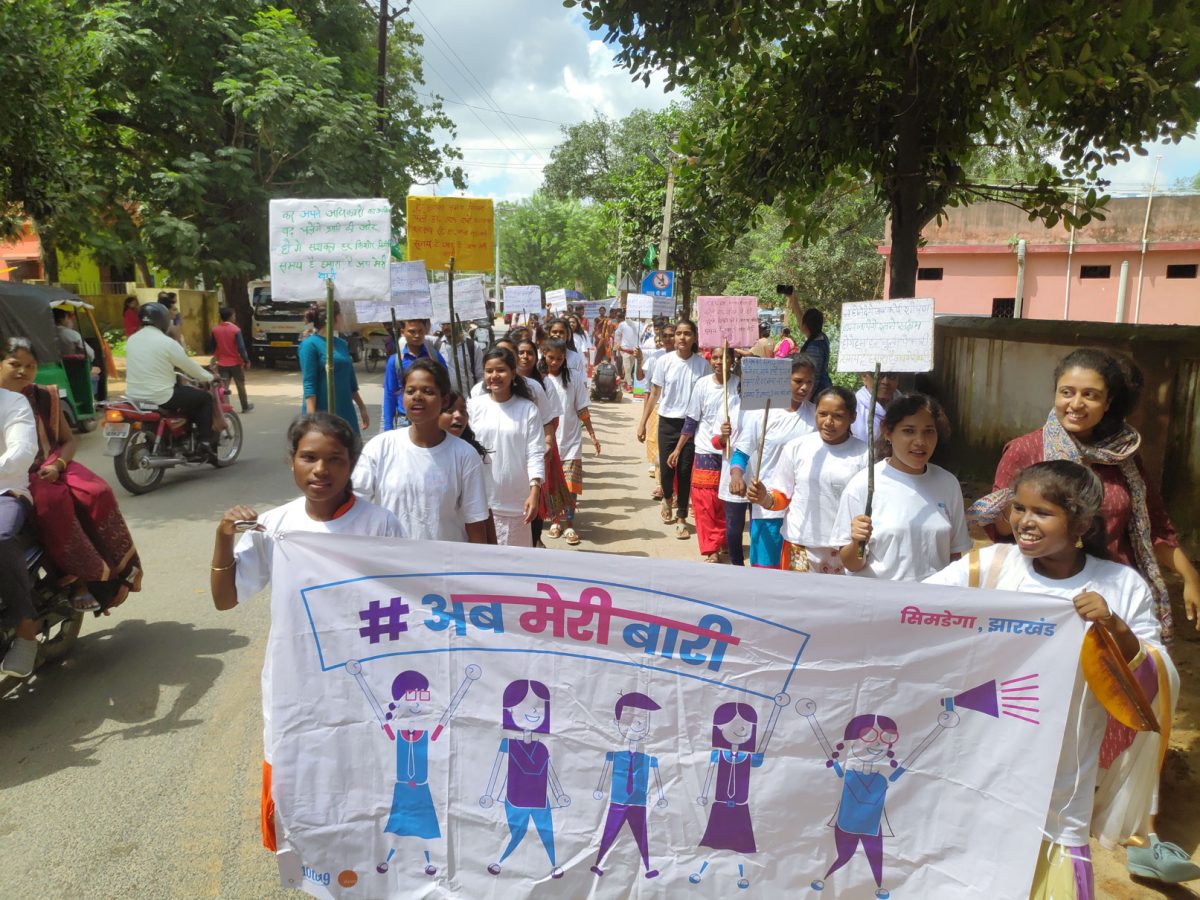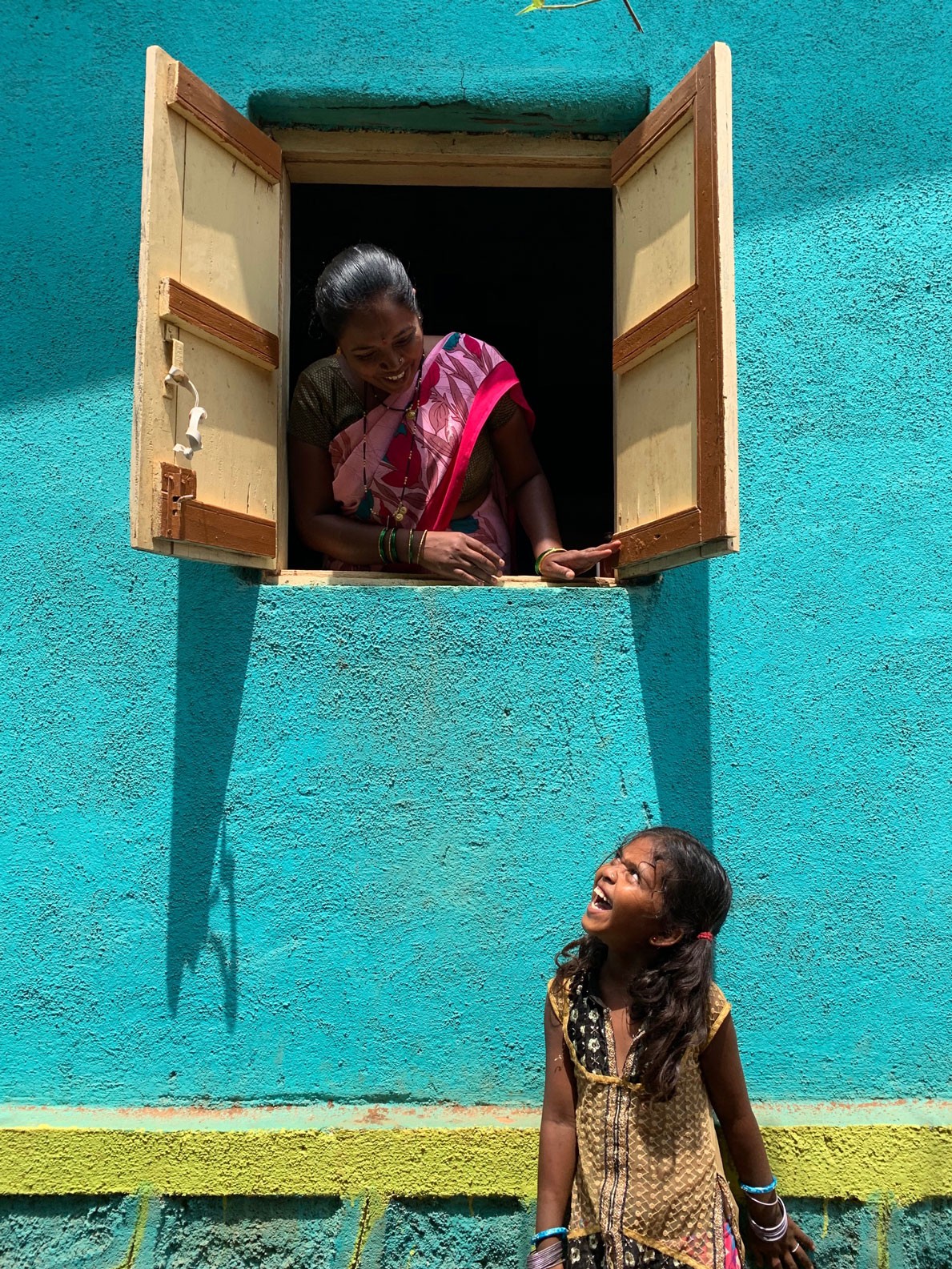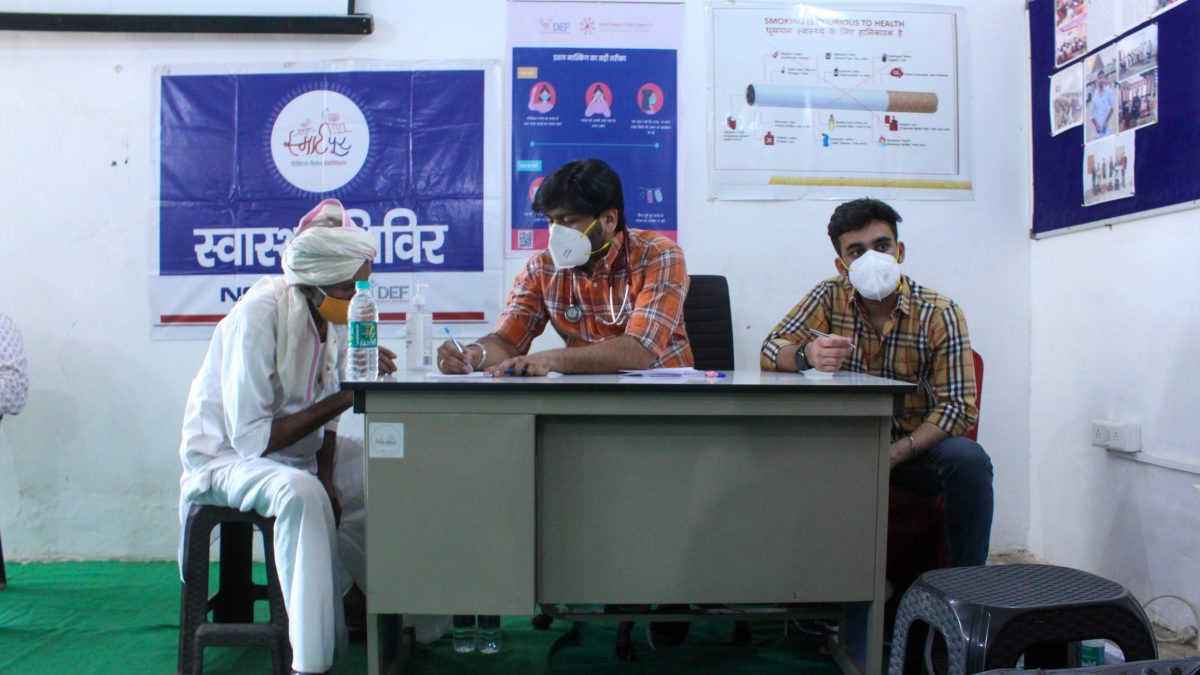
Power of Resources in the Hands of Young
Pooja Rao & Vithika Yadav
Over the last decade, there has been a consistently growing acceptance towards the realisation that young people need help, so much so that there is pretty much a consensus across stakeholder groups on the need to support young people. However, it is now time to move away from this rhetoric and move towards actions that actually put agency and resources in the hands of young people to enable catalytic and sustainable change.
According to a new report, India’s rank has slipped to 117 out of 193 countries on the 17 Sustainable Development Goals (SDGs). The State of India’s Environment Report 2021 reads that India’s ranking slipped two points between 2020 and 2021 because of primarily three challenges, one of which is achieving gender equality (SDG 5) — the other two being ending hunger and achieving food security (SDG 2) and building resilient infrastructure, promoting inclusive and sustainable industrialization and fostering innovation (SDG 9). The report also puts Jharkhand as one of the least prepared state to meet the SDGs by 2030.
Needless to say, these have been critical issues for India for a few decades now, and the pandemic has only made the situation worse and pushed us back by 10 years. The progress made on adolescent and youth-focused issues, especially, is threatened to be potentially reversed if key and immediate steps are not taken. If you look at education alone, young people have faced the brunt of the pandemic with school closures impacting 247 million children in India. This has had significant impact on their learning abilities as well as their physical and mental health.
Three years ago, 10to19 Adolescents Collaborative launched Ab Meri Baari, a nation-wide campaign to create normative change and drive strategic engagement by providing adolescents and youth with a platform to support and amplify their voices. The objective of the campaign, which engaged with hundreds of adolescents on ground across three Indian states, was to bring about an increase in the efficacy and agency of adolescents, especially girls and impact their decision making. The pandemic, however, brought a new set of challenges for this initiative.
The decision to move engagements with young people online has not been an easy one, especially given the wide digital divide in the country and the skewed digital tool ownership in the hands of males. However, the decision has been a crucial one, especially at a time, when many of these youth feel isolated because they no longer have access to their physical school spaces, their community gatherings or even their peers, thus reducing channels of meaningful conversations. The digital engagements have allowed the Ab Meri Baari campaign to connect with more than 200 youth directly across 9 states to hear from them on how are they doing, how are they coping in a pandemic, and what are their pressing challenges and needs.
In partnership with Love Matters India, Ab Meri Baari has also enabled the virtual training of 60 youth in Jharkhand, over a period of 13 weeks, in the skills of mobile journalism and the art of content production. This is an initiative which aims to put resources in the hands of young people to not only develop employable skills but to also enable them to become local champions who can raise awareness about sexual and reproductive health rights (SRHR) and fight teenage pregnancy — a key stressor in the state of Jharkhand — among other issues.
We’ve now heard from so many of these youth trainees that even as the Covid-19 lockdown played havoc with their school and college education, it brought a new opportunity for them to gain new skills, create impactful original content and feature in their own YouTube videos. And we’ve seen difference in them too. From not knowing what Zoom was, to producing hard-hitting news videos, the students of the Mobikaar citizen journalism program did it all in a matter of four months. They logged on, week after week, to learn about public-interest journalism, news gathering, research, and video production skills through Zoom meetings on their mobile phones. They make more aware of adolescent-centric issues in their local geographies, the role of various stakeholders, and the power of their own voice.
And that is what the Ab Meri Baari campaign strives to achieve — to help the young and community gatekeepers around them understand and value the power of young voices and agency. As a generation of adolescents and youth prepare to transition into adulthood over the next decade, it is the responsibility of the stakeholders in ecosystem to ensure that the young people have resources and platforms to raise their voice, and that they are heard. Only then, will we be able to secure the future of our young population and enable them to empower themselves and those around them. The SDGs for 2030, too, have established that young people are a driving force for development but only if they are provided with the skills and opportunities needed to reach their potential.
—
Ab Meri Baari is a nation-wide campaign to create normative change and drive strategic engagement by providing adolescents and youth with a platform to support and amplify their voices. The objective of the campaign is to bring about an increase in the efficacy and agency of adolescents, especially girls (between 10 to 19 years of age) and impact their decision making and understanding on education, sexual and reproductive health and early marriage.
Love Matters is India’s leading digital Sexual and Reproductive Health and Rights (SRHR) information platform catering to the needs of young people. We provide open, honest, non-judgmental and science-based information on love, sex and relationships using innovate media formats.
—
Pooja Rao is an Associate Director at Dasra, where she leads program delivery and management, partnerships, communication campaigns, and key operational functions for the 10to19: Dasra Adolescents Collaborative. As part of her work on partnerships and campaigns, Pooja builds strategic engagements with leading youth-serving organizations and supports the ideation and delivery of innovative models that enable meaningful participation of young people in key policy and program platforms.
Vithika Yadav is an anti-slavery, sexual rights and gender rights activist. Awarded as one of the 120 under 40 New Generation of Family Planning leaders in the world, she is the Co-founder and Head of Love Matters India, which is the first ever digital initiative in India to give complete, honest and unbiased information on love, sex and relationships, in other words sexual and reproductive health and rights of young people in Hindi and English language.



















